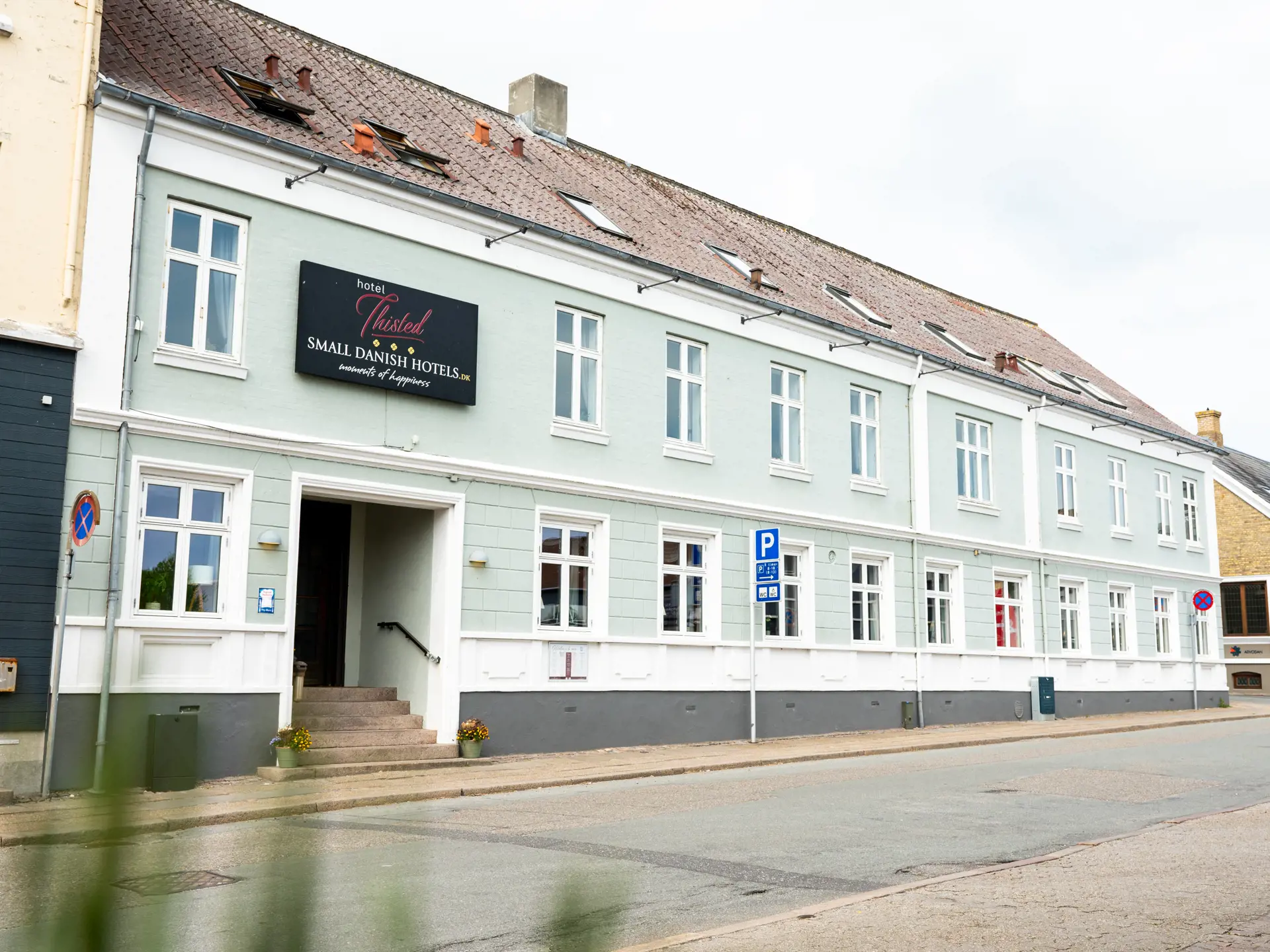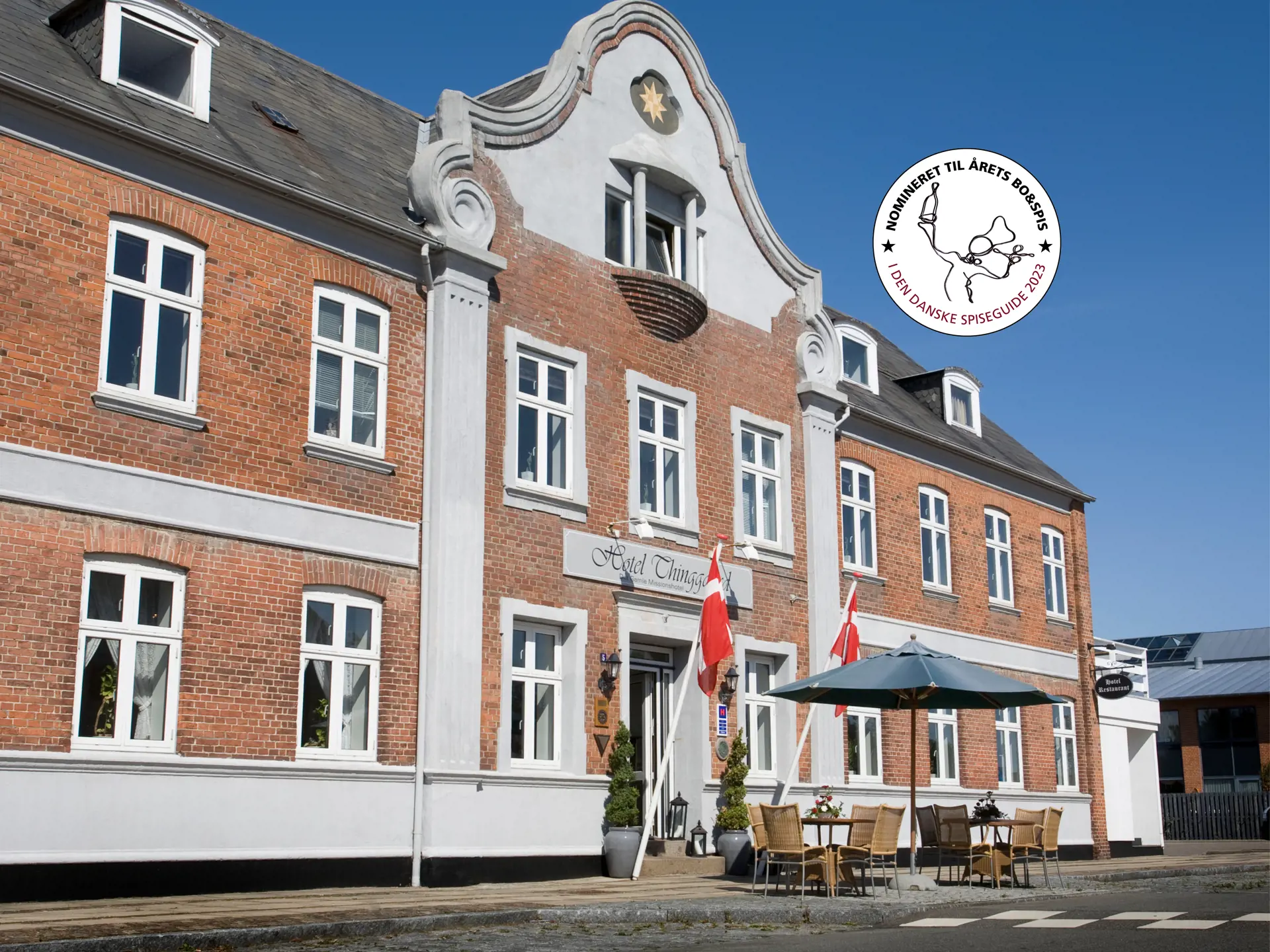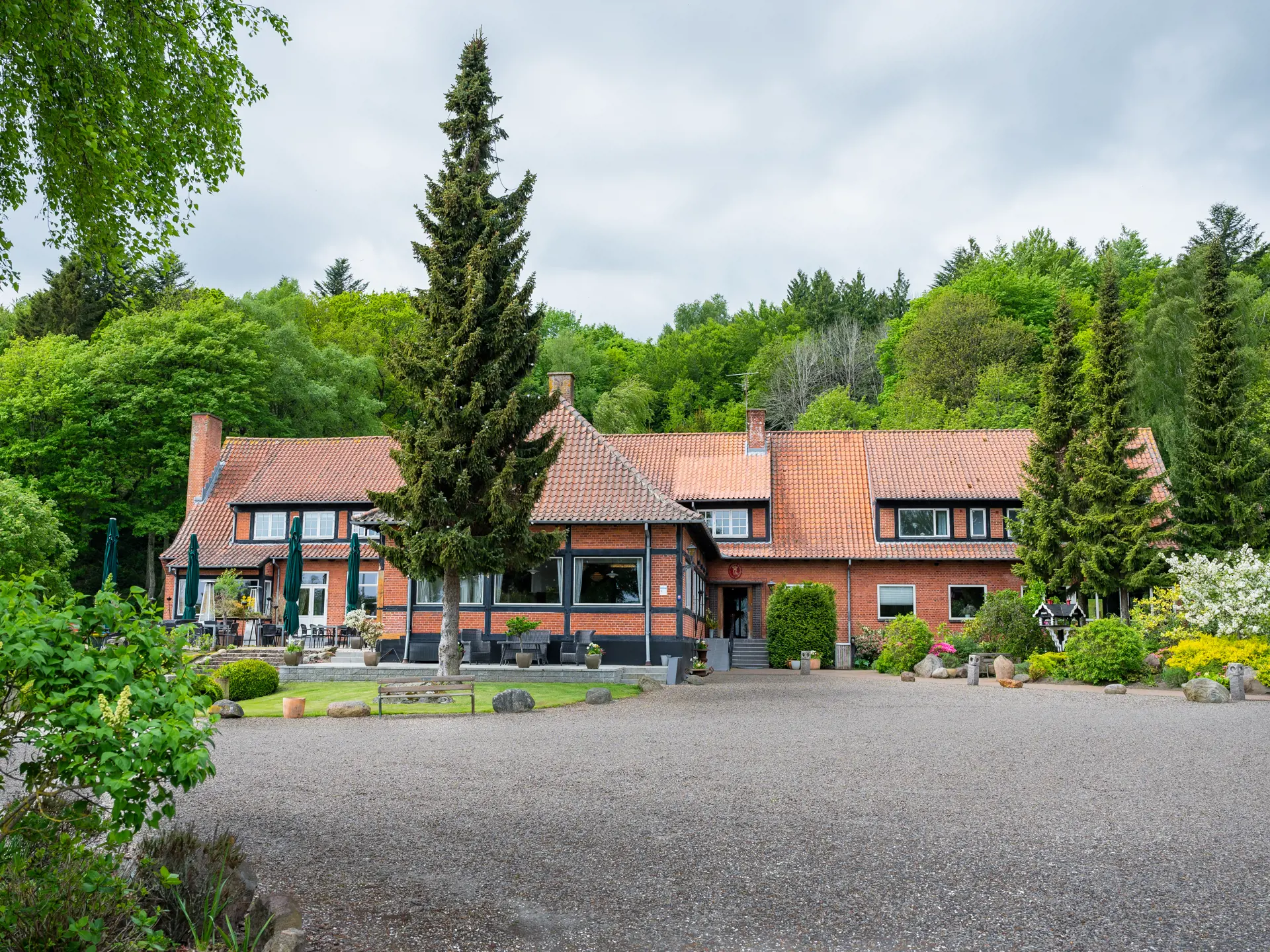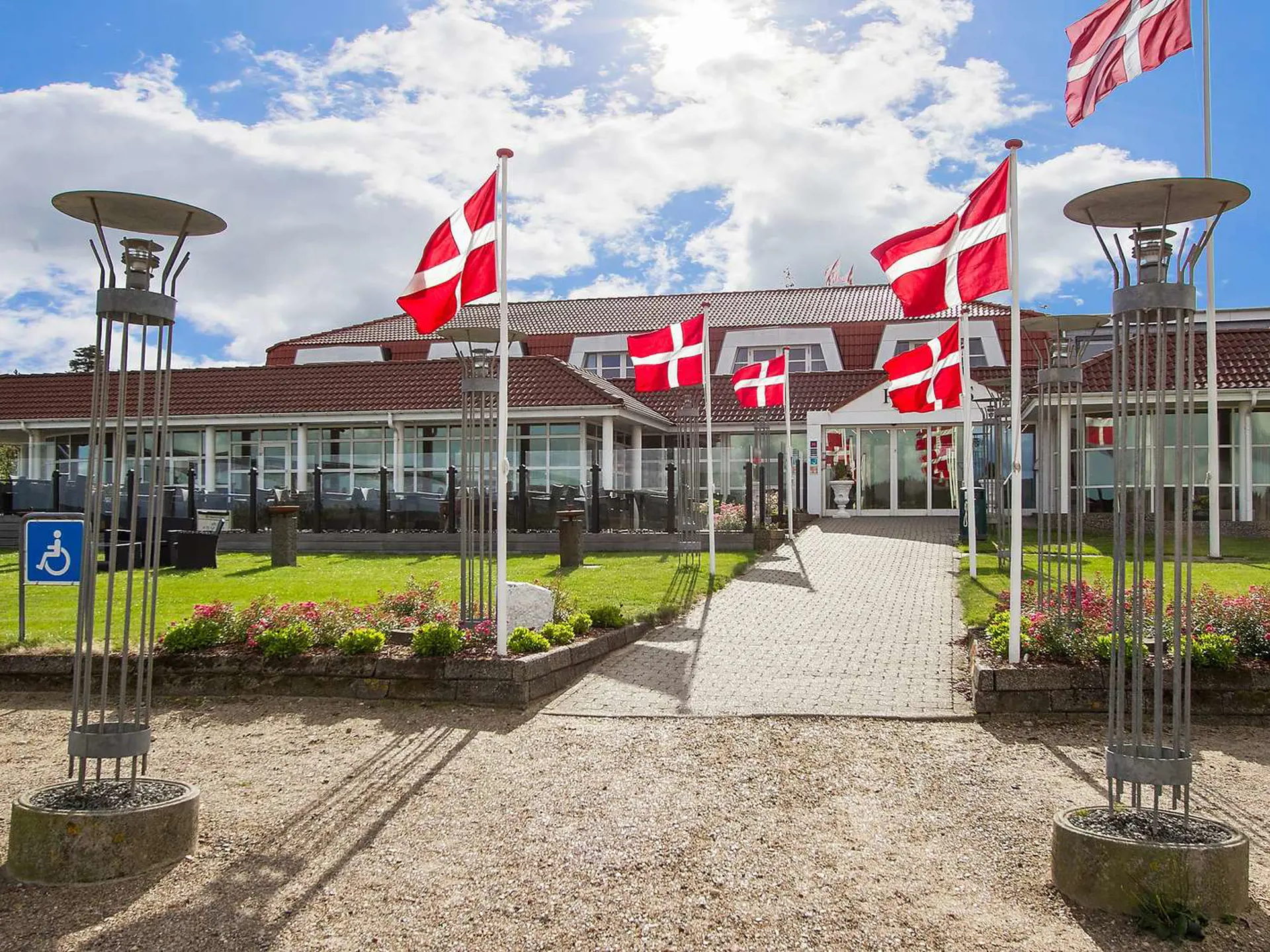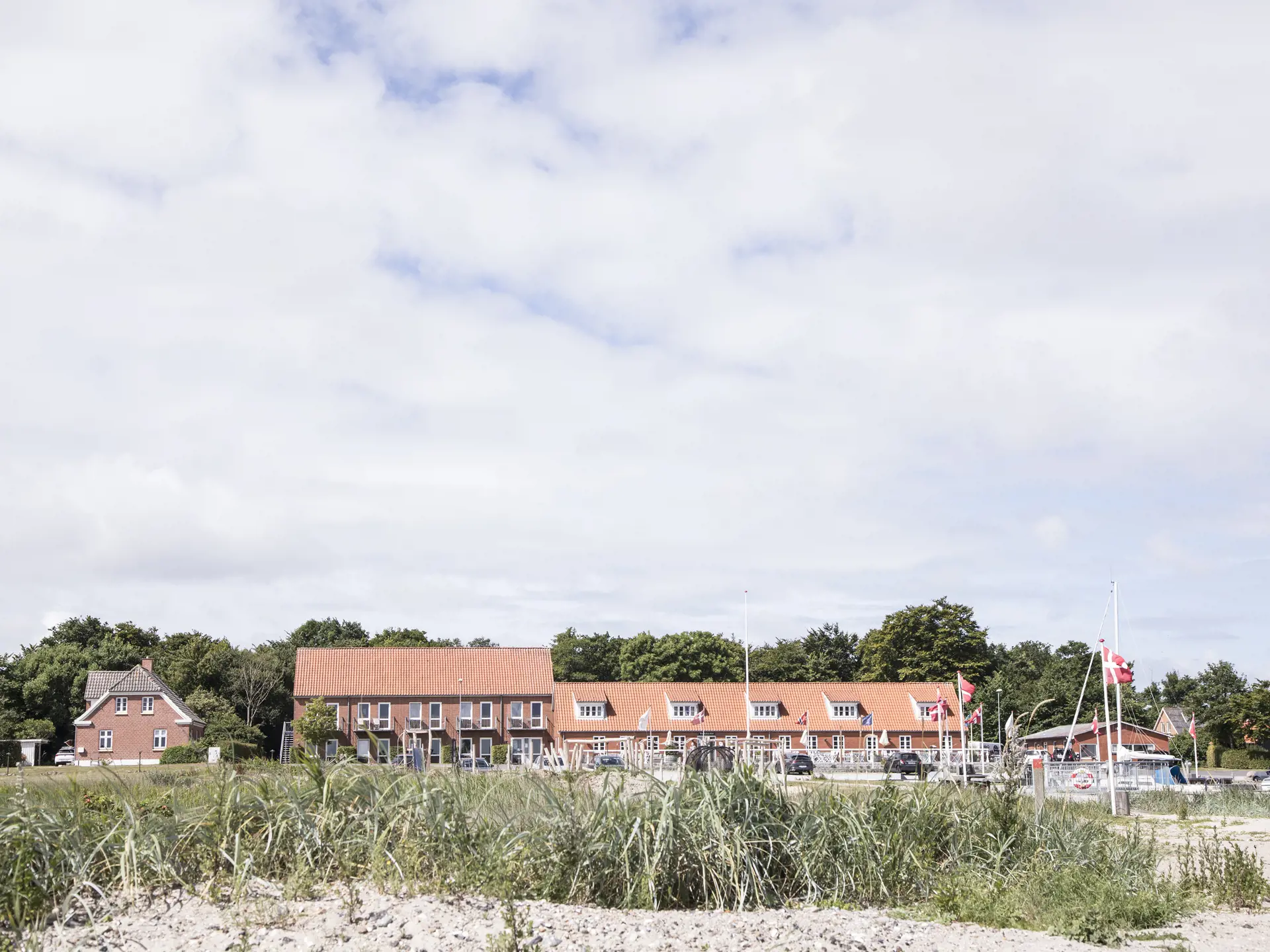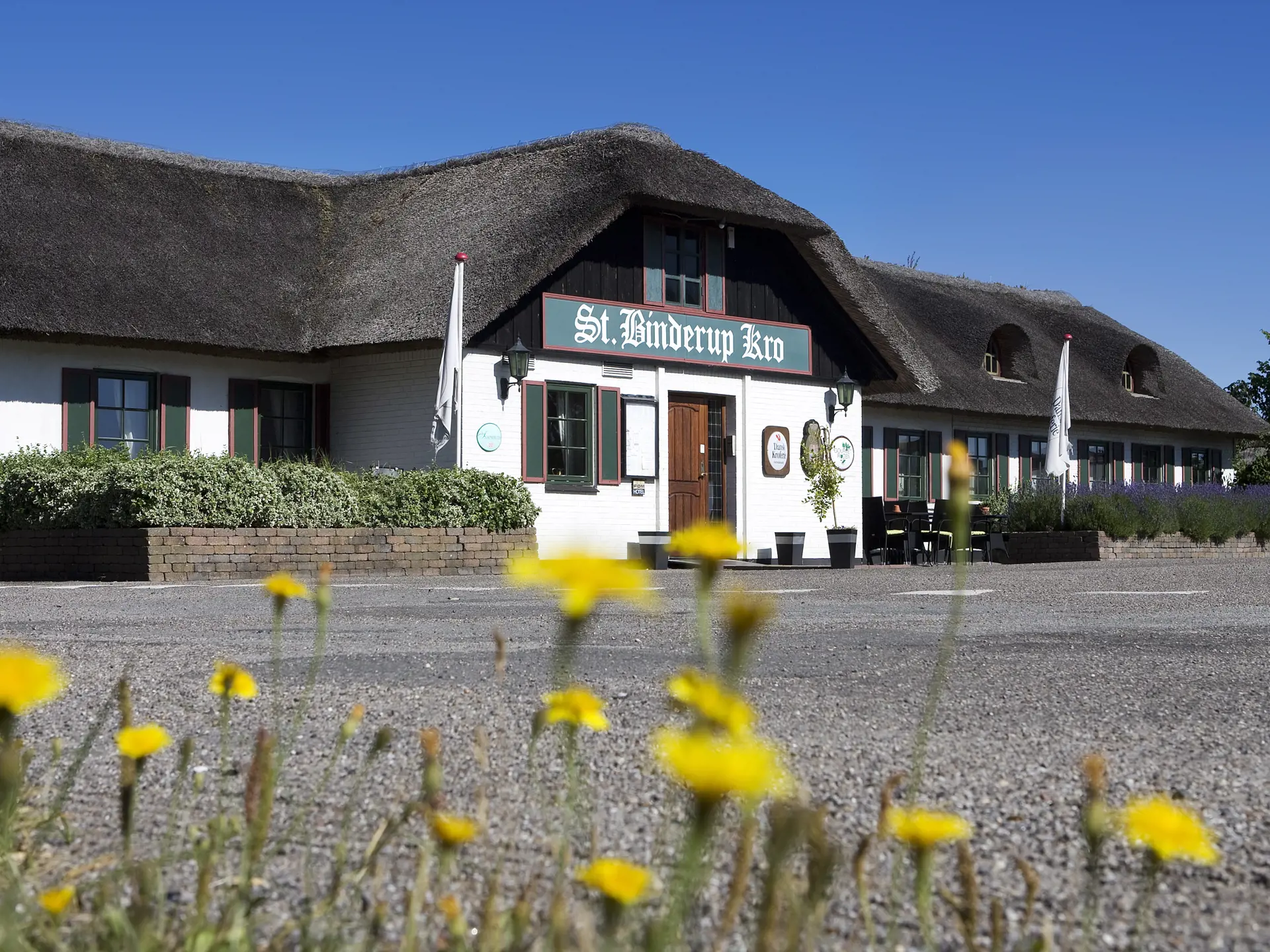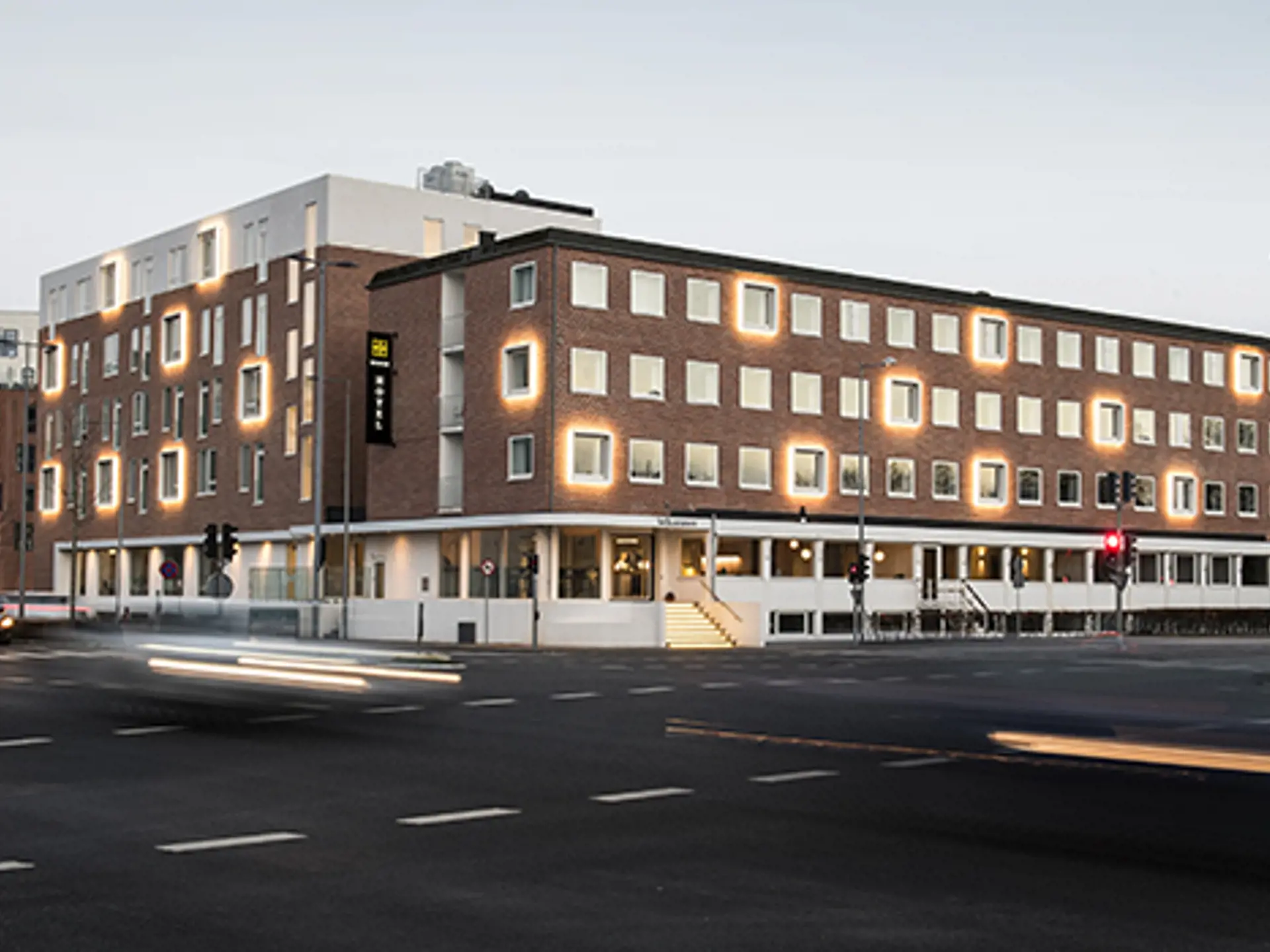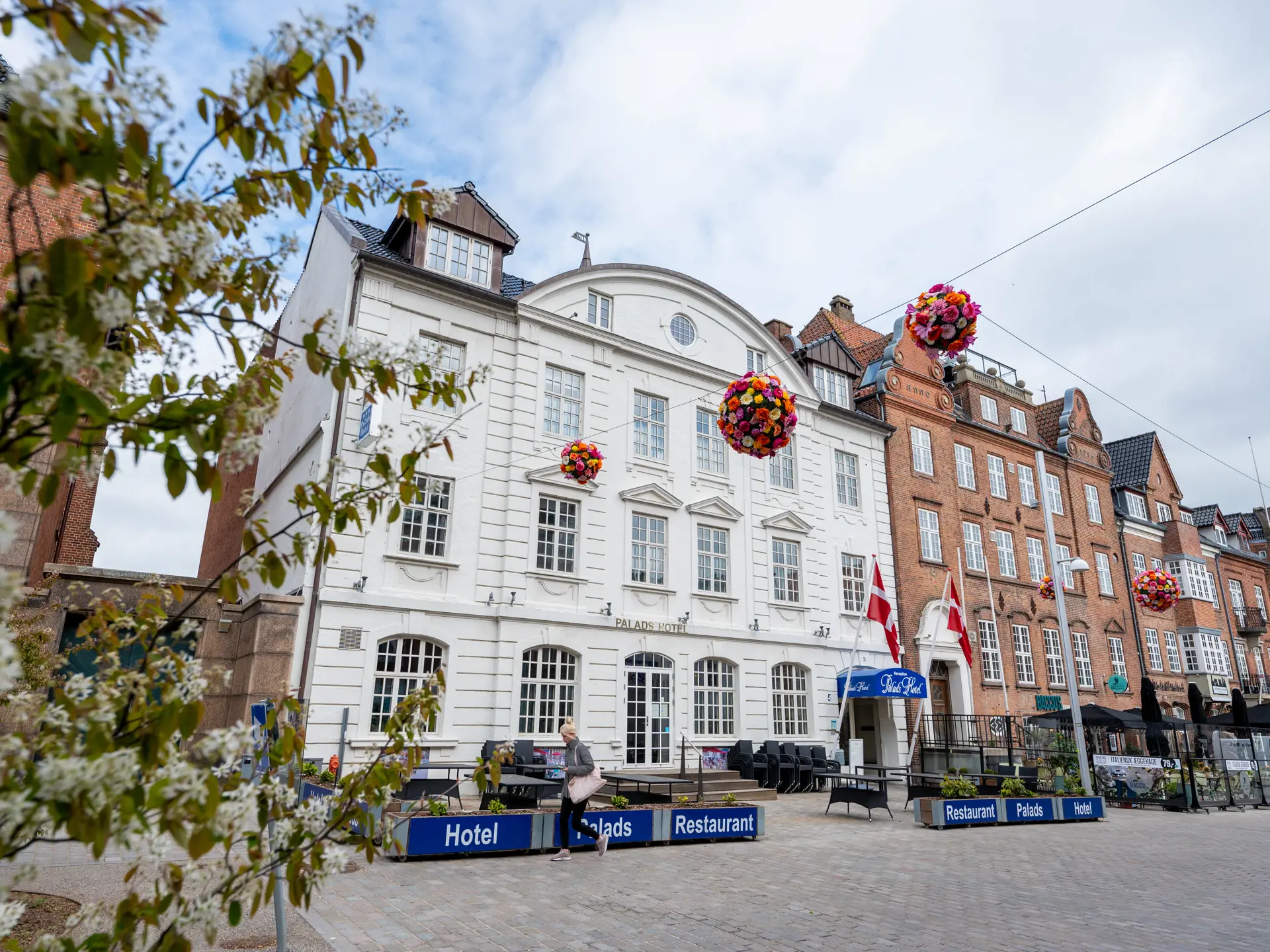There is a moment when something crumbles—when what was once flexible—soft, yielding—hardens and becomes something entirely different. A ruin is never just a ruin; it is a testament to movement, to shifting ground, to the slow work of erosion. This is the terrain Jane Hughes moves through. Landscapes shift. Bones emerge. The past does not remain buried.
This summer, the North Atlantic Lighthouse in Hanstholm presents Everything Soft Slowly Turned to Bone, the first exhibition of Hughes’ work in Denmark. Her paintings hold the quiet testimony of transformation—of landscapes dissolving and re-forming, of memories sliding into something less tangible. She is a gatherer of traces: faded photographs, fragments of stone, skeletal remains of places that were once whole.
There are images—ruins, sea-worn cliffs, moss creeping across stone—but they never fully settle. They shift, blur, dissolve into abstraction, only to take form again. Hughes is drawn to what lingers: the sacred springs, the forgotten forests, the islands that once held entire civilizations and now carry only their ghosts. She is fascinated by fossils, by the way they surface unexpectedly to prove that something once existed. The curved forms recurring in her paintings are drawn from fossils she found on the Aran Islands—remnants of prehistoric beings embedded in rock. They drift from painting to painting, like echoes and outlines of memory.
Hughes works with paint as an archaeologist works with earth—layer by layer, revealing what lies just beneath the surface. She assembles her paintings like puzzles with half the pieces missing, building something whole from fragments. She is interested in deep time, in the vast sweep of history before us, in the beliefs and rituals that shaped those who once walked these landscapes.
And yet, her paintings do not feel like relics. There is motion here, a pulse beneath the surface. There are colours—not the washed-out hues of nostalgia, but something richer, more insistent. Hughes does not recreate the past; she moves through it, dissolving the boundaries between memory and geography, between belonging and distance.
About the Artist
Jane Hughes (b. 1984, Ireland) lives and works in Finland, having spent over a decade in Berlin prior to that. She is primarily a painter, though her practice also spans drawing, sculpture, and installation. She is always seeking what remains.
She has exhibited internationally since 2005, beginning with a group exhibition in the Netherlands while still a student. Recent solo shows include We Gulp Dark Moons (Galleria Napa, Finland, 2024), These Fragments I Have Shored Against My Ruins (TM•Gallery, Helsinki, 2023), and Architecture of Emotions (Custom House Studios, Ireland, 2018). Her work has been featured in group exhibitions at museums and galleries in Ireland, Germany, Sweden, France, Latvia, Russia, and beyond.
She has participated in residencies in places with distinct histories, such as Tyrone Guthrie Centre (Co. Monaghan, Ireland, 2022), Áras Éanna Arts Centre (Inis Oírr, Ireland, 2021), and Stundars Museum (Finland, 2015). She studied at Aalto University in Helsinki, UDK in Berlin, and the National College of Art & Design in Dublin.
Her paintings are held in public collections including the Irish State Collection (Department of Foreign Affairs), the Finnish National Gallery, the Hospital District of Helsinki and Uusimaa, and the National Irish Visual Arts Library.
Her current work is generously supported by the Alfred Kordelin Foundation, Finland, in 2025.
Instagram: @janehughes_artist
Website: https://janehughes.ie
The exhibition is supported by the Alfred Kordelin Foundation.
Organised by the North Atlantic Lighthouse in Hanstholm.








